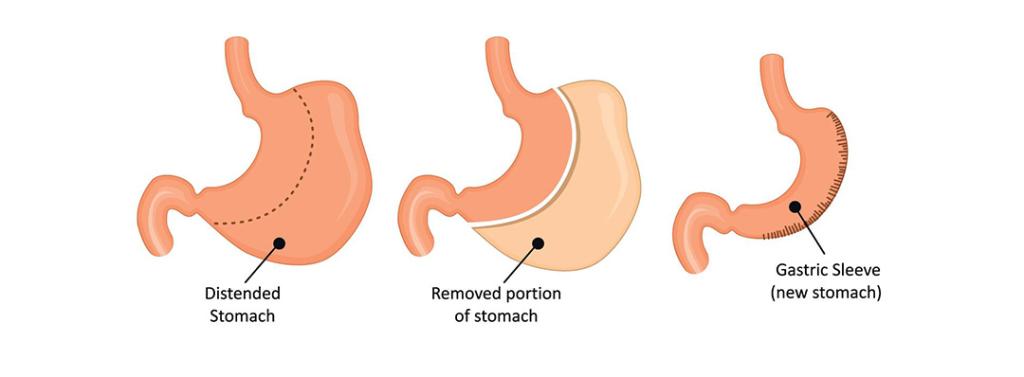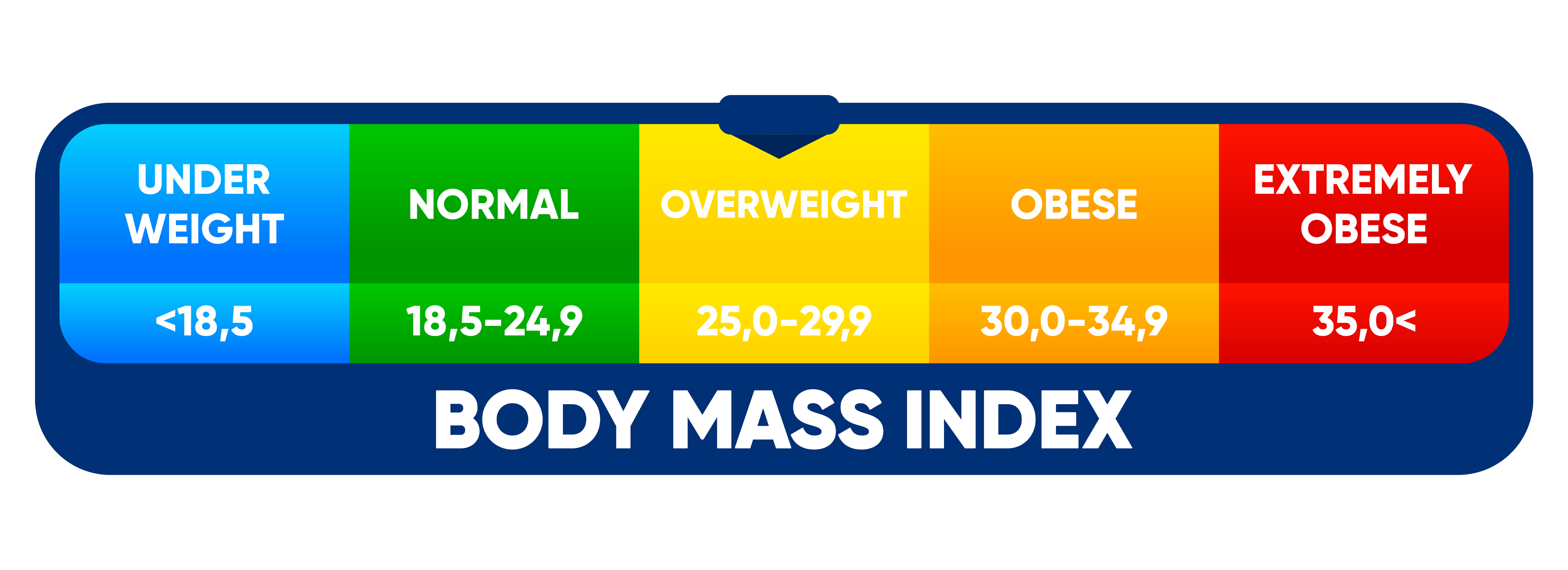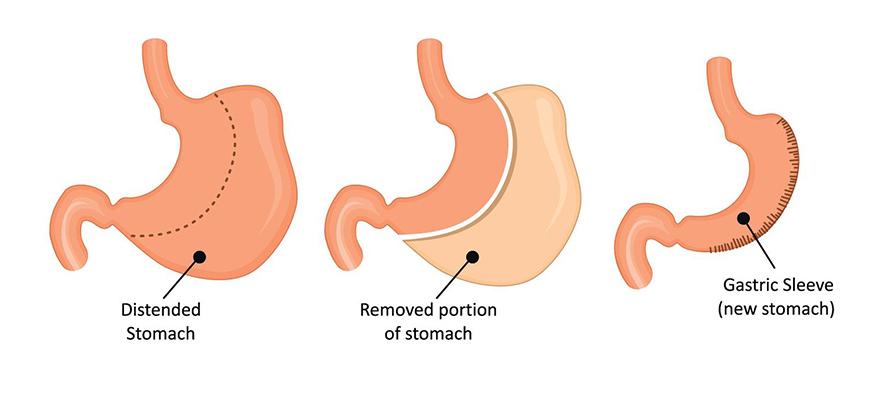Gastric sleeve surgery, also known as Sleeve Gastrectomy, is a popular and effective weight loss surgery designed to help individuals achieve significant weight loss by reducing the size of the stomach. This procedure is commonly performed worldwide, including in Turkey, where high-quality treatment and affordable packages attract thousands of international patients every year.

What is Gastric Sleeve Surgery?
Gastric sleeve surgery, also known as Sleeve Gastrectomy, is a highly effective weight loss procedure designed to help individuals achieve substantial weight loss by reducing the size of the stomach. During this procedure, approximately 70-80% of the stomach is removed, leaving a smaller, tube-shaped stomach or “sleeve.”
By having a smaller stomach, patients feel full much quicker, leading to reduced calorie intake and significant weight loss. Additionally, the procedure decreases the production of the hunger hormone ghrelin, which helps control appetite and cravings. Unlike other weight loss surgeries, gastric sleeve surgery doesn’t involve rerouting the intestines, making it a simpler and safer option for many patients.
This procedure has become increasingly popular worldwide due to its high success rate, minimal invasiveness, and long-term benefits. In Turkey, gastric sleeve surgery is widely sought after by international patients due to the combination of affordable costs, experienced surgeons, and advanced medical facilities.
How Does Gastric Sleeve Surgery Work?
Gastric sleeve surgery is usually performed laparoscopically, which means it involves small incisions rather than a large cut. This minimally invasive approach results in less pain, quicker recovery, and smaller scars.
Step-by-Step Process:
- Anesthesia Administration: The procedure is performed under general anesthesia to ensure the patient is fully asleep and pain-free.
- Laparoscopic Incisions: Several small incisions are made in the abdomen to insert surgical tools and a camera.
- Stomach Reduction: Approximately 70-80% of the stomach is removed using a stapling device, leaving a narrow tube or “sleeve.”
- Stapling and Closure: The new stomach is sealed and checked for leaks to ensure proper healing.
- Recovery: The patient is monitored before discharge and given guidelines for a successful recovery.
The surgery typically takes 1-2 hours, and most patients stay in the hospital for 2-3 days before being discharged. The laparoscopic approach allows for faster recovery and minimal scarring, making it a preferred method for most patients.

Benefits of Gastric Sleeve Surgery
Gastric sleeve surgery offers numerous benefits for individuals struggling with obesity and related health issues.
- Significant Weight Loss: Most patients lose 60-70% of their excess weight within the first year.
- Improvement of Health Conditions: Resolves or improves obesity-related conditions such as type 2 diabetes, high blood pressure, sleep apnea, and joint pain.
- Minimally Invasive Procedure: Laparoscopic surgery results in quicker recovery, less pain, and minimal scarring.
- No Intestinal Rerouting: Unlike gastric bypass surgery, the digestive process remains intact, reducing the risk of complications.
- Long-Term Success: With lifestyle changes and proper follow-up care, patients often maintain their weight loss for years.
- Improved Quality of Life: Enhanced mobility, higher energy levels, and improved self-confidence are common benefits reported by patients.
Risks and Complications of Gastric Sleeve Surgery
Gastric sleeve surgery is generally considered a safe and effective weight loss procedure, especially when performed by experienced surgeons in well-equipped medical facilities. As with any surgical procedure, there are potential risks, but they are rare and often manageable with proper care and monitoring.
Possible Risks:
- Mild nausea or vomiting (usually temporary and manageable).
- Occasional acid reflux or heartburn.
- Temporary constipation or diarrhea.
Rare Complications:
- Leakage from the stapled area (extremely rare, especially with experienced surgeons).
- Blood clots (preventable with appropriate post-operative care).
- Infection (rare and typically addressed with proper hygiene and monitoring).
It’s important to note that gastric sleeve surgery is only performed after comprehensive evaluations and necessary tests to ensure that the patient is a suitable candidate for the procedure. This includes a thorough medical history review, physical examination, and various tests to ensure safety and effectiveness.By following post-operative guidelines and attending regular check-ups, the likelihood of complications is significantly reduced. Overall, gastric sleeve surgery offers a safe and effective way to achieve lasting weight loss when performed under the right conditions and with appropriate medical care.

Who is a Good Candidate for Gastric Sleeve Surgery?
Gastric sleeve surgery is typically recommended for individuals who:
- Have a BMI of 40 or higher (severe obesity).
- Have a BMI between 35-39.9 along with obesity-related health conditions such as diabetes, high blood pressure, or sleep apnea.
- Have attempted other weight loss methods like diet, exercise, and medication without success.
- Are motivated to make long-term lifestyle changes to support weight loss and overall health.
This procedure is often considered for those who have tried various non-surgical weight loss methods without achieving the desired results.
Gastric Sleeve Surgery Recovery and Aftercare
Recovery from gastric sleeve surgery is generally quick due to the minimally invasive laparoscopic approach.
- Hospital Stay: 2-3 days
- Return to Normal Activities: Within 2-4 weeks
- Diet Progression: Patients start with a liquid diet, gradually progressing to pureed foods, soft foods, and eventually a regular balanced diet.
- Physical Activity: Light exercise can be resumed after 2 weeks, while strenuous activities should be avoided for 4-6 weeks.
- Follow-Up Appointments: Regular visits to the healthcare provider to monitor progress and address any potential complications.
Adhering to the dietary guidelines and lifestyle changes provided by your medical team is essential for achieving long-term success.
Is Gastric Sleeve Surgery Right for You?
Gastric sleeve surgery is a proven, effective, and safe weight loss procedure for individuals struggling with obesity. By reducing the size of the stomach, patients experience substantial weight loss and improvements in health conditions like diabetes and high blood pressure. With a minimally invasive approach, shorter recovery times, and lasting results, this procedure continues to be a popular choice for those seeking to achieve their weight loss goals.
Understanding what gastric sleeve surgery is, how it works, and its benefits and risks can help you make an informed decision. If you’re considering gastric sleeve surgery, consulting with a qualified medical professional is the first step toward a healthier and happier life.
Feel free to visit our Gastric Sleeve page.



